Maintenance of automatic washing machine
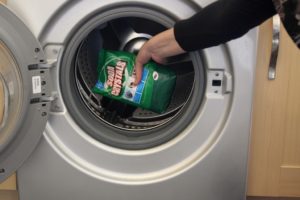 Washing machine prevention, many people say this phrase, but not everyone fully understands what it means. Preventive measures in this case are aimed at extending the life of the washing machine without breakdowns and consist of three areas: daily prevention, periodic physical and chemical cleaning, and preventive inspection. We’ll talk about this in this publication.
Washing machine prevention, many people say this phrase, but not everyone fully understands what it means. Preventive measures in this case are aimed at extending the life of the washing machine without breakdowns and consist of three areas: daily prevention, periodic physical and chemical cleaning, and preventive inspection. We’ll talk about this in this publication.
Is it possible to avoid breakdowns?
No one is immune from natural wear and tear of parts and manufacturing defects. Not even the most expensive and reliable automatic washing machine can be guaranteed to work for many years; too many factors influence this:
- water quality;
- state of the electrical network;
- operating features;
- assembly;
- quality of parts;
- various accidents (forgot to take change out of my pocket, etc.).
However, if you follow the basic rules for operating an automatic washing machine and, moreover, take preventive measures on time, there is a high probability that your machine will work much longer than the warranty period. True, you will have to pay a little more attention to the washing machine than usual, but it will be worth it.
Ideally, about once every three years, technicians advise partially disassembling the washing machine and inspecting it for faults. You don’t have to do it yourself; you can call a specialist who will check the pipes, engine, pump and other important parts, primarily for wear. A timely replaced pipe will save you and your neighbors from a flood and save a lot of money.
Before, during and after washing
Preventive measures aimed at protecting the washing machine from breakdowns must be taken before and after each wash. Almost everyone knows about these measures, but we decided to remind you again. For washing, most often, people use very hard water from the tap. The minerals contained in this water settle on the drum, the walls of the pipes, hoses, get inside the pump and, as a result, break the machine.
For your information! Craftsmen often find kilograms of so-called water stone in broken old washing machines. If you do nothing, your washing machine will do the same thing and it will break down prematurely.
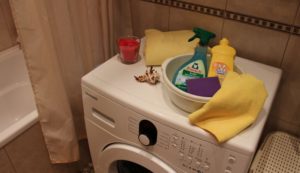 To avoid such consequences, it is necessary to soften the water before washing by adding special products to the powder receptacle. One such remedy is the very famous Calgon powder. We talked about its use in more detail in the publication How to use Calgon? Water softening is a necessary measure for the daily prevention of breakdowns, but not the only one.
To avoid such consequences, it is necessary to soften the water before washing by adding special products to the powder receptacle. One such remedy is the very famous Calgon powder. We talked about its use in more detail in the publication How to use Calgon? Water softening is a necessary measure for the daily prevention of breakdowns, but not the only one.
- Before putting items in the washing machine, carefully check their pockets. Changes, keys, toothpicks, or any other sharp objects stuck in the washing machine can cause it to break down.
- When putting things into the drum, watch their quantity and distribution. Unevenly distributed items in the drum, as well as overloading it, can cause damage.
- Don't get carried away with washing at 950C, the more often you use the “boiling” mode, the less the washing machine will last.
- Any potentially dangerous items that have iron locks, buckles, or large buttons must be washed in a special bag. In all cases, shoes are washed in bags.
- When washing, do not leave the washing machine unattended for a long time; firstly, in case of a leak or something similar, you can take emergency measures, and secondly, if the machine begins to show signs of breakdown, you will hear or see it. This does not mean that you need to stand near her for hours while washing; it is enough to be at home and approach her at least once while she is performing the program.
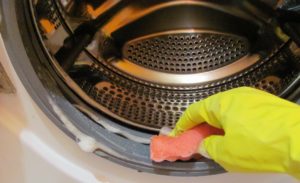
- After washing, you must open the machine hatch wide open and be sure to remove and wipe the powder receptacle.
- After each wash you will also need cleaning the washing machine filter, in addition, through this same filter or through the emergency drain hose, you need to remove the remaining waste water from the machine.
- After washing, you need to wipe the rubber cuff of the hatch with a dry cloth. You must not let water stagnate in the grooves of the cuff; this can cause the rubber to tear and you will have to change the cuff.
Important! While washing, try not to disconnect the washing machine from the power supply. A sudden loss of power can lead to damage to the control module.
Chemical and mechanical cleaning
 If you add water softener before each wash, this does not mean that the machine does not need to be cleaned occasionally. In accordance with the recommendations of the masters, complete mechanical cleaning of the washing machine with your own hands should be carried out approximately once every 2-3 years, but the washing machine should be chemically cleaned once every 6 months.
If you add water softener before each wash, this does not mean that the machine does not need to be cleaned occasionally. In accordance with the recommendations of the masters, complete mechanical cleaning of the washing machine with your own hands should be carried out approximately once every 2-3 years, but the washing machine should be chemically cleaned once every 6 months.
The essence of dry cleaning a washing machine is as follows. We add a special cleaning agent to the powder cuvette of the washing machine; there are a great many of these products on the market now. You run the machine for a long wash cycle at high temperature without laundry and wait until the product cleans the insides of the machine of any dirt.
Dry cleaning does not require any labor, just time. But mechanical cleaning is a much more labor-intensive process. The following steps must be taken.
- Remove the top cover of the washing machine, the tray (if equipped) and the back wall.
- Remove and clean the drain pipe of the machine yourself.
- Remove and clean the pump.
- Dismantle and wash the pipe going from the powder receiver to the tank.
- Remove and wash the pipe going from the fill valve to the powder receptacle.
- Pull out and wash the garbage filter.
- Remove and wash the inlet and drain hoses.
So, by taking the above preventive measures with your own hands, you will almost certainly extend the life of your washing machine. The main thing is not to overdo it when disconnecting the parts of the washing machine; do not forget to put them in place and screw them securely. Good luck!
Interesting:
1 reader comment

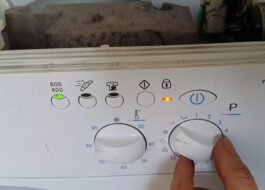
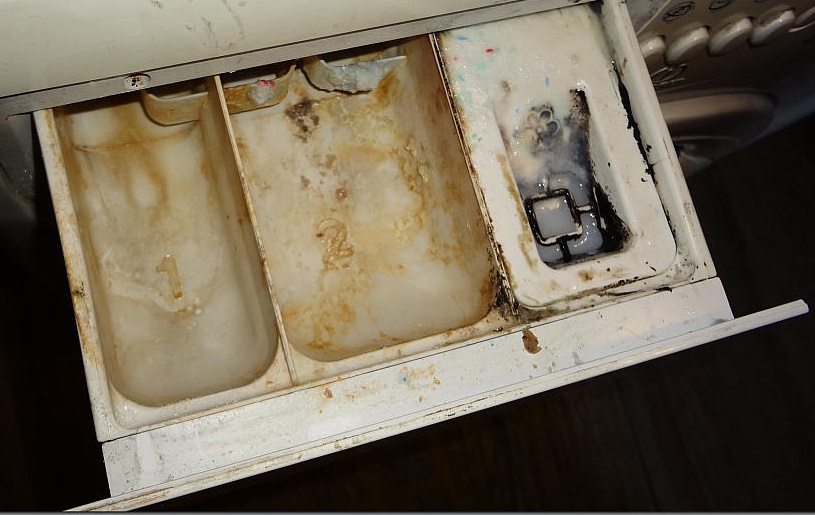

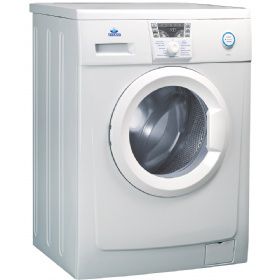
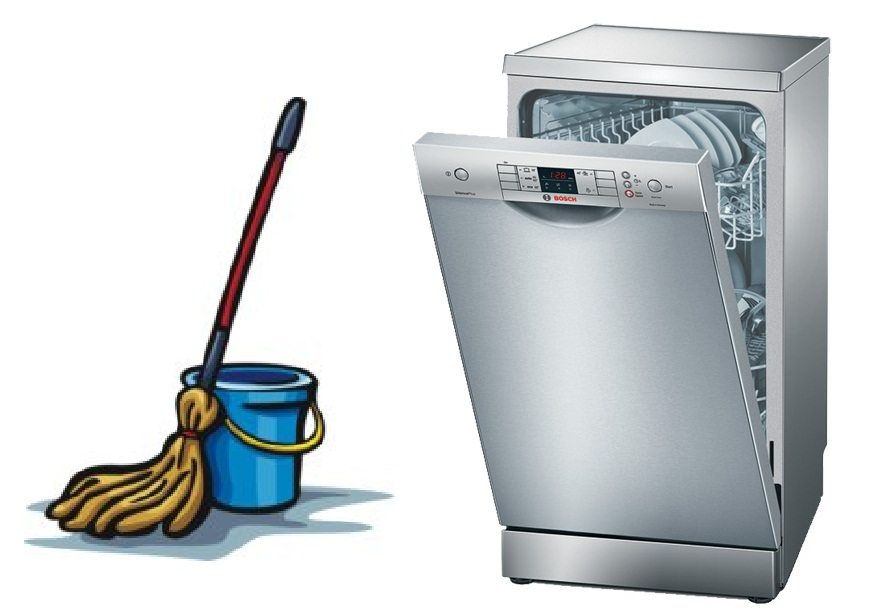
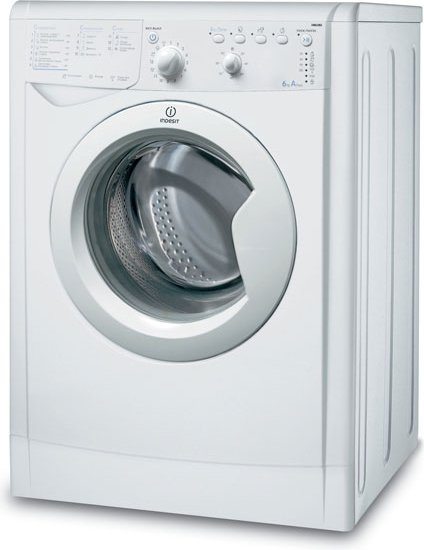














I divide this once every six months using citric acid at maximum temperature.